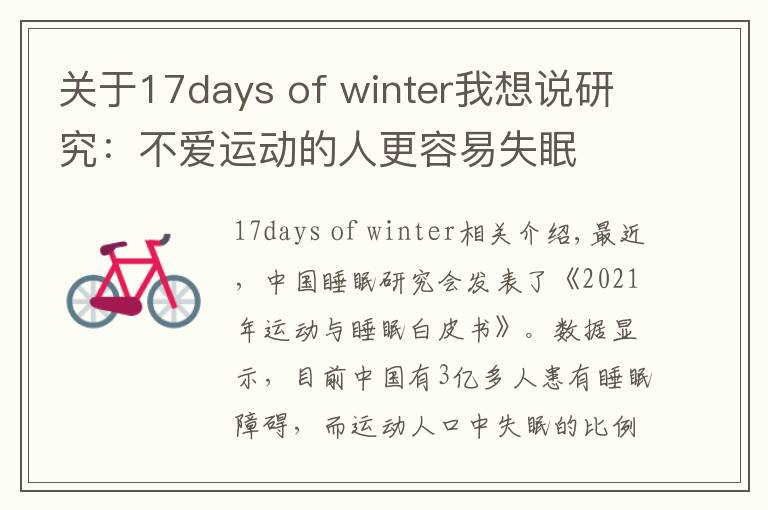入冬后,万物最终完成
这是人们最有成就感的时候
立冬:迎接愉快缓慢的时光
“落水的池塘里雪都干了,西风逐渐刮成北风。
黄杨倔强尤一色,白桦优柔以半疏。”
立冬是进入冬季的第一个节气。
立,建始也,代表冬季由此开始;
冬,终也,有万物收藏之意。
人们完成秋季果实的收晒储藏,
动物们也准备进入休眠,
迎接惬意的冬日慢时光。
立冬时储藏大白菜,
可能是北方人对冬季最深刻的印象之一,
刘金贵的《立冬》
线条简练、设色精致,
构图疏密有度,赋予了画面巧妙的节奏感,
憨态可掬的人物和动物造型,纯真可爱,
整个画面洋溢着充满诗意的温馨。
立冬(农民画)余红梅
南方地区气候相对温暖,
立冬时的农事活动较为多样。
余红梅的农民画作品《立冬》,
表现了浙江衢州一带柑橘丰收时的场景。
茂密的橘树林里,
人们背着布袋、挑着箩筐,
将又大又圆的果实摘下,
一片欢歌笑语。
作者运用剪纸的造型方式塑造人物,
画面语言丰富而有趣。
立冬(中国画)戴树良
立冬之后天气渐寒,
身体需要储存足够的能量,
因此立冬有“立冬补冬”的习俗。
北方多吃饺子,
取秋冬“交子之时”的寓意,
南方则偏爱鸡鸭鱼肉等温补之物。
戴树良的作品《立冬》中,
身着鲜艳冬衣的妇女满载而归,
屋内的桌上早已炖好羹汤,热气腾腾。
一家人围坐在一起,
悠享初冬的惬意时光。
不远的农田里,
青壮劳力们正抓紧最后的耕作时间,
一派热火朝天的繁忙景象。
立冬还承载着孩子们对生活的烂漫体验。
吴冠英的作品《立冬》里,
孩童换上了厚厚的冬装,
手里举着红灿灿的冰糖葫芦,笑脸盈盈。
木壳人的插画作品《立冬》
则将孩童与可爱的小动物作为创作焦点,
风格清新,充满童趣。
立冬之始,大地渐归纯粹、寂静。
人们进补养生、储存能量,
在惬意的慢时光中,
细细感受岁月的流转。
(作者:刘乐《光明日报》 2020年11月08日 10版)
Start of Winter,
When Leisure Meets Tranquility
“In the drying pond, the dead lotus perches;
Into our bones, a chilly north wind lurches.
The tough boxwood is still standing erect;
Depressed by the fallen leaves,
are the slender birches.” (Trans. by Li 2021)
In early November comes the first solar term of the winter season, Start of Winter. In Chinese, it is called “lidong”, in which ‘li’ means “begin to take shape” and “dong” means winter. When winter is approaching, crops harvested in autumn are stored up, and animals are preparing for hibernation. A leisurely winter awaits everything on earth.
谋冬(中国画)周中耀
In Northern China, Start of Winter is the time to store Chinese leaf, as shown in Liu Jingui’s painting. With succinct lines and delicate coloring, this well-composed painting imparts a sense of balance and rhythm. The lovely farmer holding the treasured vegetables and the adorable piglets oinking happily, constitute a poetic and harmonious scene.
In Southern China, however, during Start of Winter when it’s relatively warmer, people can still do various farming activities. This is depicted in Yu Hongmei’s painting, in which farmers are harvesting the famous Quzhou sweet oranges grown in east China’s Zhejiang Province. The image of the contented farmers carrying big cloth bags and bamboo baskets, resembles those in the traditional Chinese paper-cutting works, conveying a sense of fun and creativity.
To cope with the increasingly cold weather, people have the custom of eating rich and hearty foods during Start of Winter. At this intersection of autumn and winter, Northern Chinese eat their beloved Chinese dumplings “Jiaozi” which sounds similar to the word “jiaozi” meaning “intersect”; whereas Southern Chinese tend to eat the nourishing chicken, duck and fish.
In the painting by Dai Shuliang, a woman wearing stunningly-colored winter clothes is coming home, where her family is waiting for her around the table to enjoy their hot, freshly-prepared dishes together on an early winter day. Not far away, labourers are busy working in the farmland, making the most of the last few days of the growing season.
For children, Start of Winter brings along delightful amusement.
In Wu Guanying’s artwork, the children dressed in thick winter clothes are holding a mouthwatering Tanghulu (crispy candied fruit), smiling cheerfully; whilst Mukeren’s illustration features a joyful encounter between a boy and some animals during Start of Winter, full of playful imagination.
Start of Winter is a solar term when leisure meets tranquility. We gather energy and vitality for the approaching cold winter, embracing our leisurely days and flowing with the cycles of the seasons.
文字素材来源:光明日报
出品:光明日报&中国传媒大学
1.《17days of winter,干货看这篇!立冬:迎接惬意慢时光》援引自互联网,旨在传递更多网络信息知识,仅代表作者本人观点,与本网站无关,侵删请联系页脚下方联系方式。
2.《17days of winter,干货看这篇!立冬:迎接惬意慢时光》仅供读者参考,本网站未对该内容进行证实,对其原创性、真实性、完整性、及时性不作任何保证。
3.文章转载时请保留本站内容来源地址,https://www.lu-xu.com/yule/2104711.html
